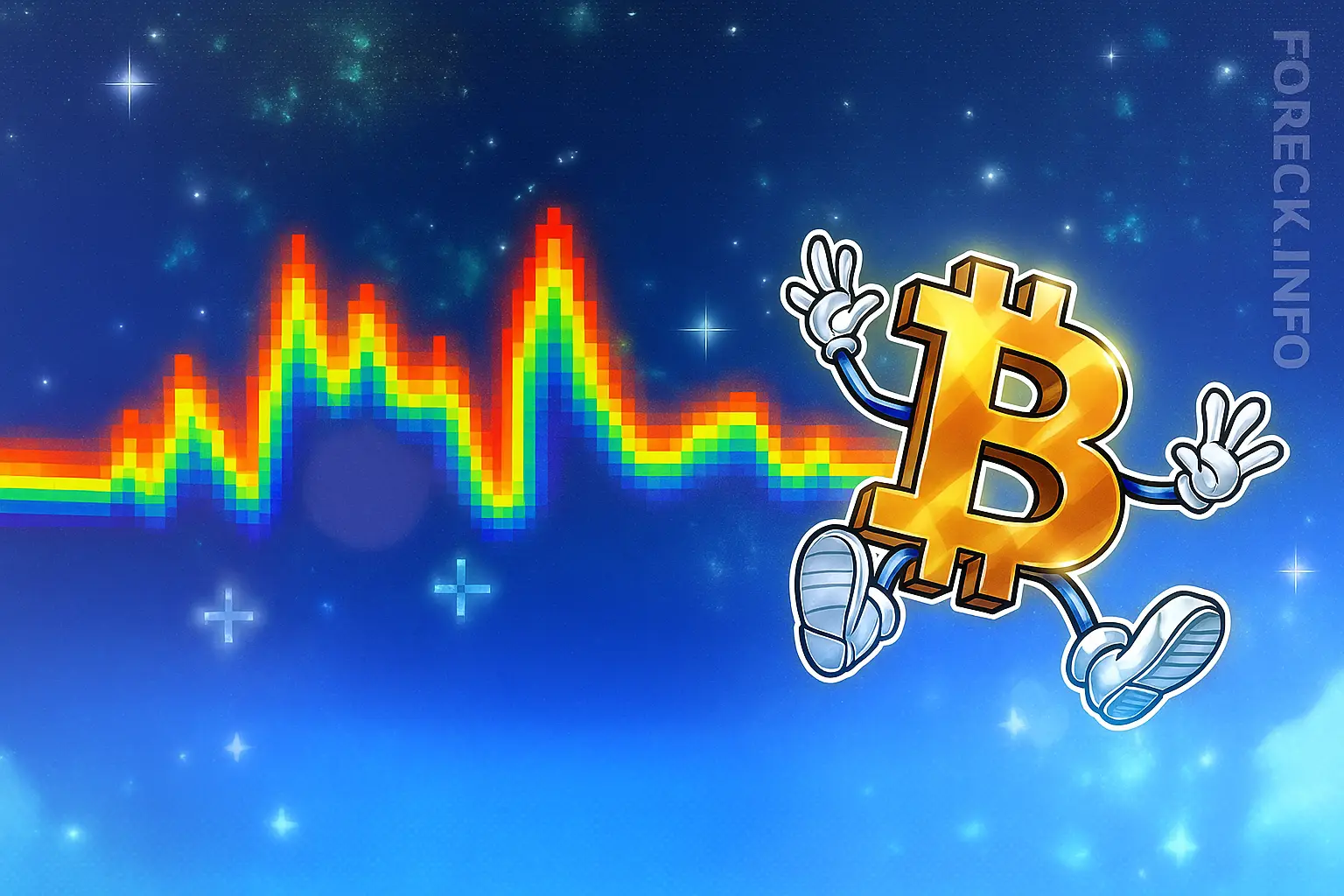Institutional Accumulation and Corporate Treasury Strategy
The company confirmed that 15,534 BTC of its total reserves are either pledged as collateral or managed under dedicated business accounts, reflecting MARA’s institutional commitment to long-term digital asset management. Notably, MARA refrained from selling any of its mined Bitcoin throughout June, underscoring a disciplined, accumulation-first approach. CEO Fred Thiel attributes this growth to the company’s “rigorous strategy—balancing organic mining output with strategic market acquisitions.”
Operational Performance and Mining Output
MARA’s operational update for June revealed a 25% month-over-month decline in block production: only 211 blocks were mined, a drop driven by adverse weather and a necessary equipment rotation following storm disruptions at the Garden City facility. While temporary, this setback highlights the operational risks inherent in large-scale Bitcoin mining.
Hashrate Expansion and Infrastructure Outlook
Despite short-term obstacles, MARA maintains an aggressive growth trajectory. Management reiterated plans to scale the company’s total hashrate to 75 EH/s by year-end—a 40% increase compared to December 2024 levels. This expansion is central to MARA’s ambition of sustaining leadership among publicly listed Bitcoin miners, especially as competition intensifies amid volatile network difficulty and shifting energy markets.
Strategic Vision: Public Bitcoin Reserves and U.S. Policy
In a recent statement, Fred Thiel emphasized the company’s pride in nearing the 50,000 BTC threshold, describing it as “a testament to the scope of our operations and the resilience of our business model.” Thiel has previously called on the U.S. government to bolster the national Bitcoin reserve, introduced during President Donald Trump’s term, advocating for direct state accumulation through mining initiatives. “Without active government participation, the strategic reserve concept lacks practical value,” he argued.
Market Context: Declining Miner Revenue from Transaction Fees
The broader mining landscape is evolving, with June seeing miner transaction fee revenue drop below 1%—the lowest since last year’s bull run. This underscores the growing importance of operational efficiency and access to low-cost capital for large-scale miners like MARA.
As the market adjusts to new monetary policies, rising network hashrate, and the aftermath of recent halving events, MARA Holdings remains a bellwether for the institutionalization of Bitcoin as a reserve asset.

